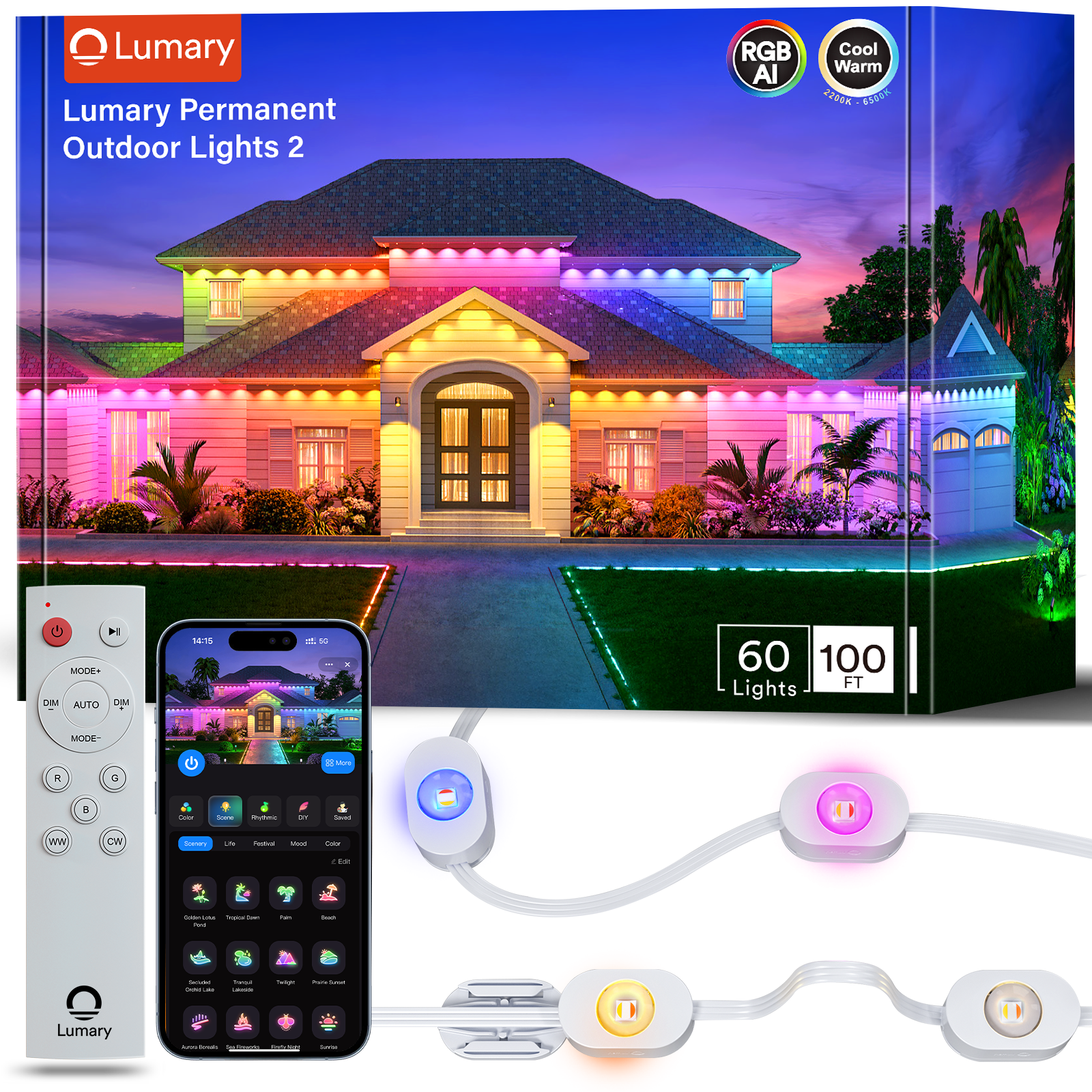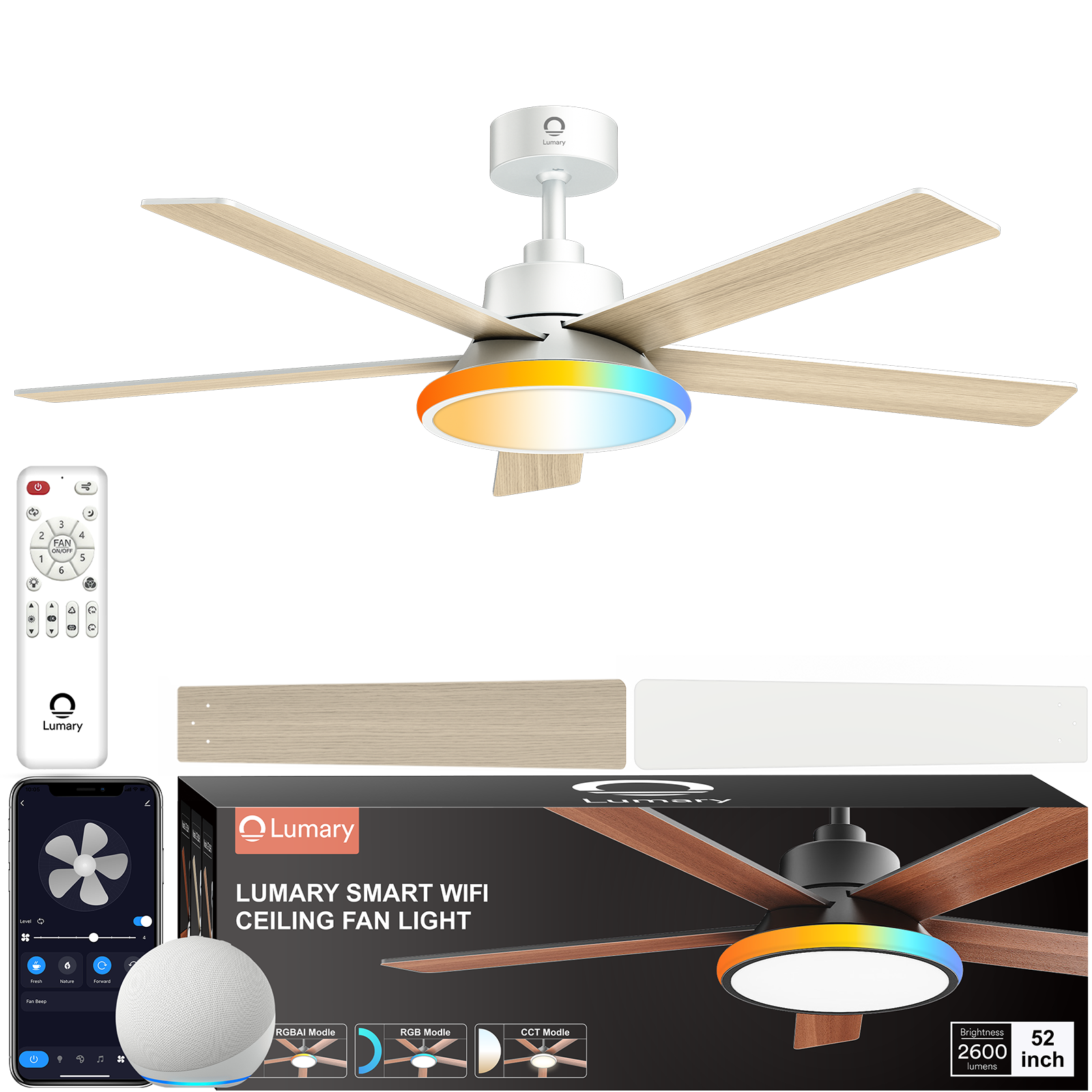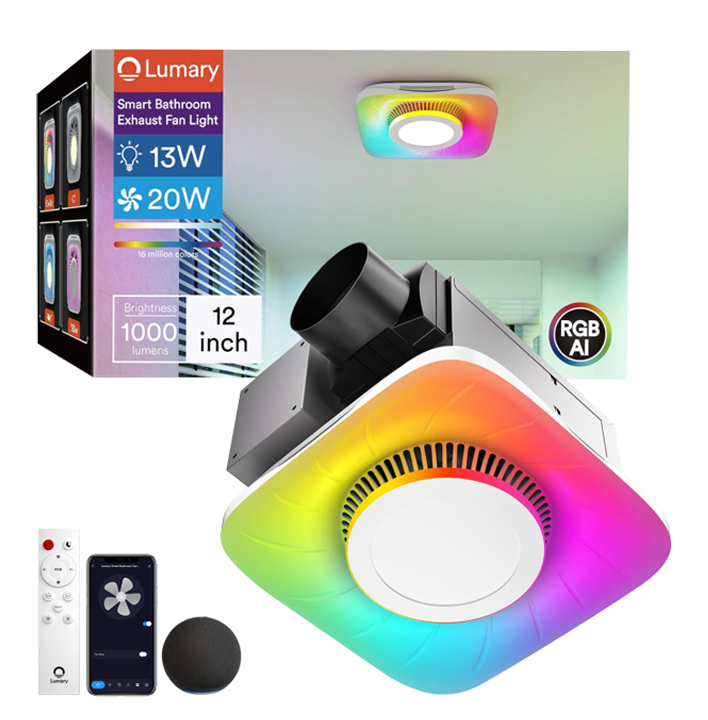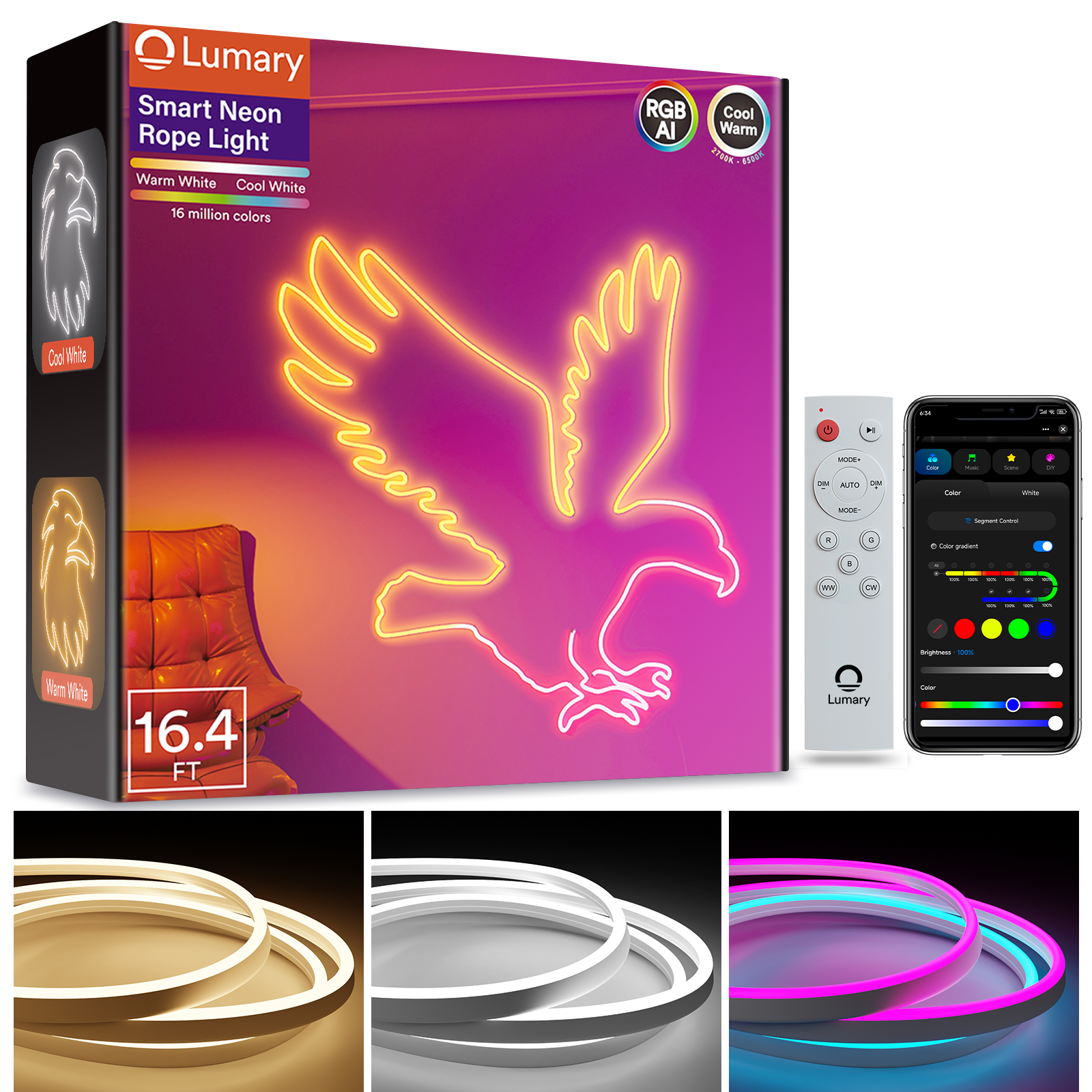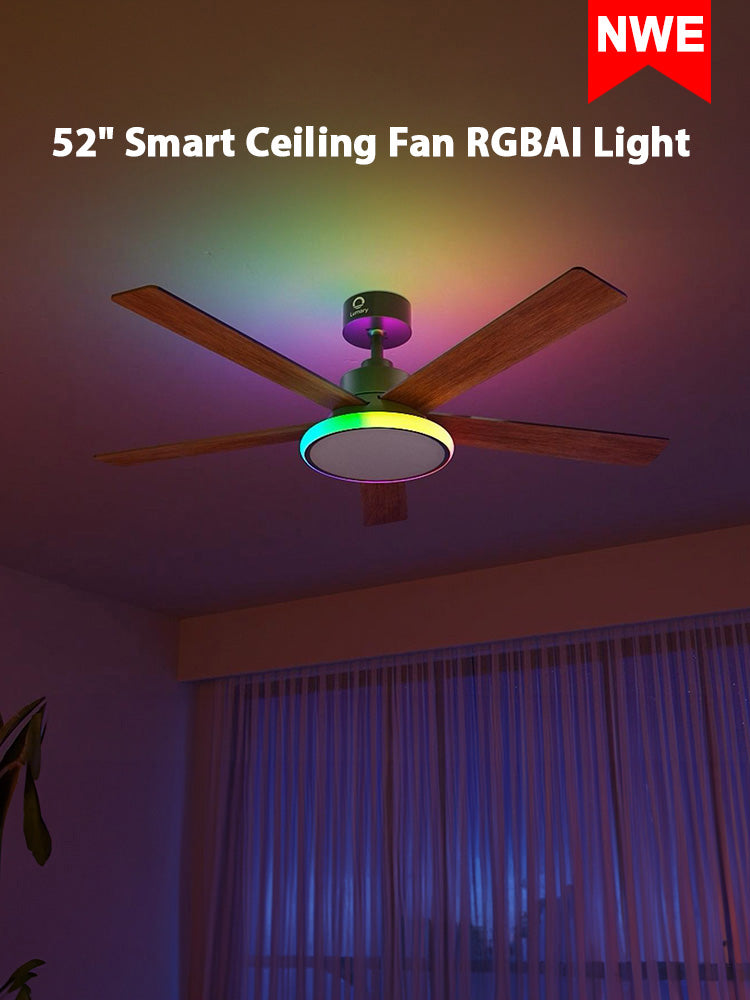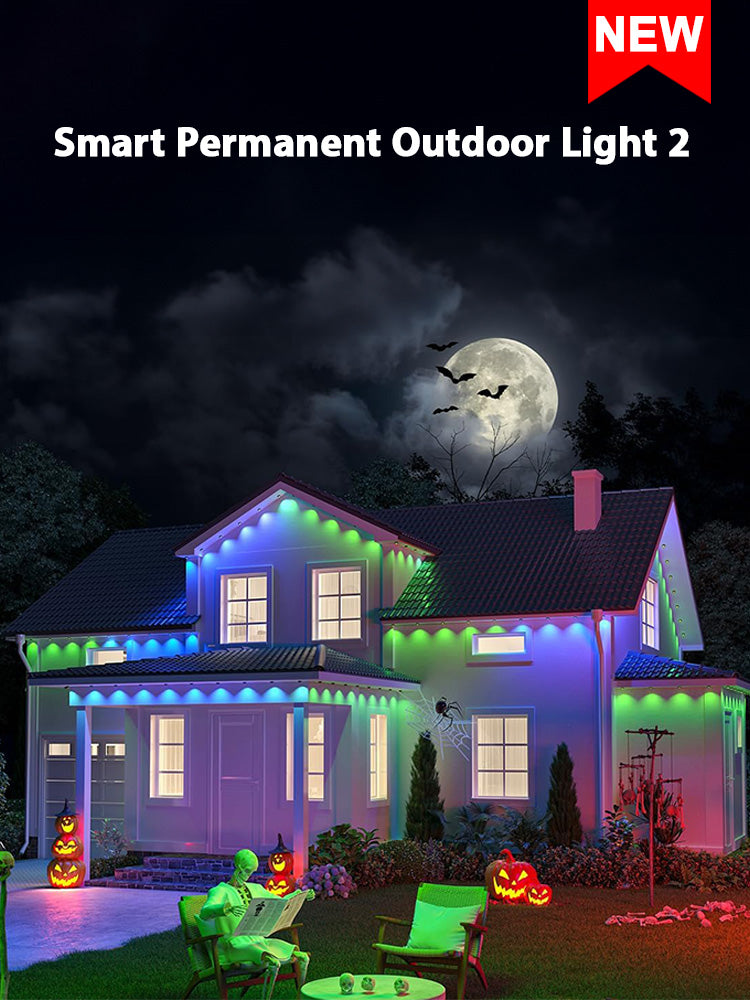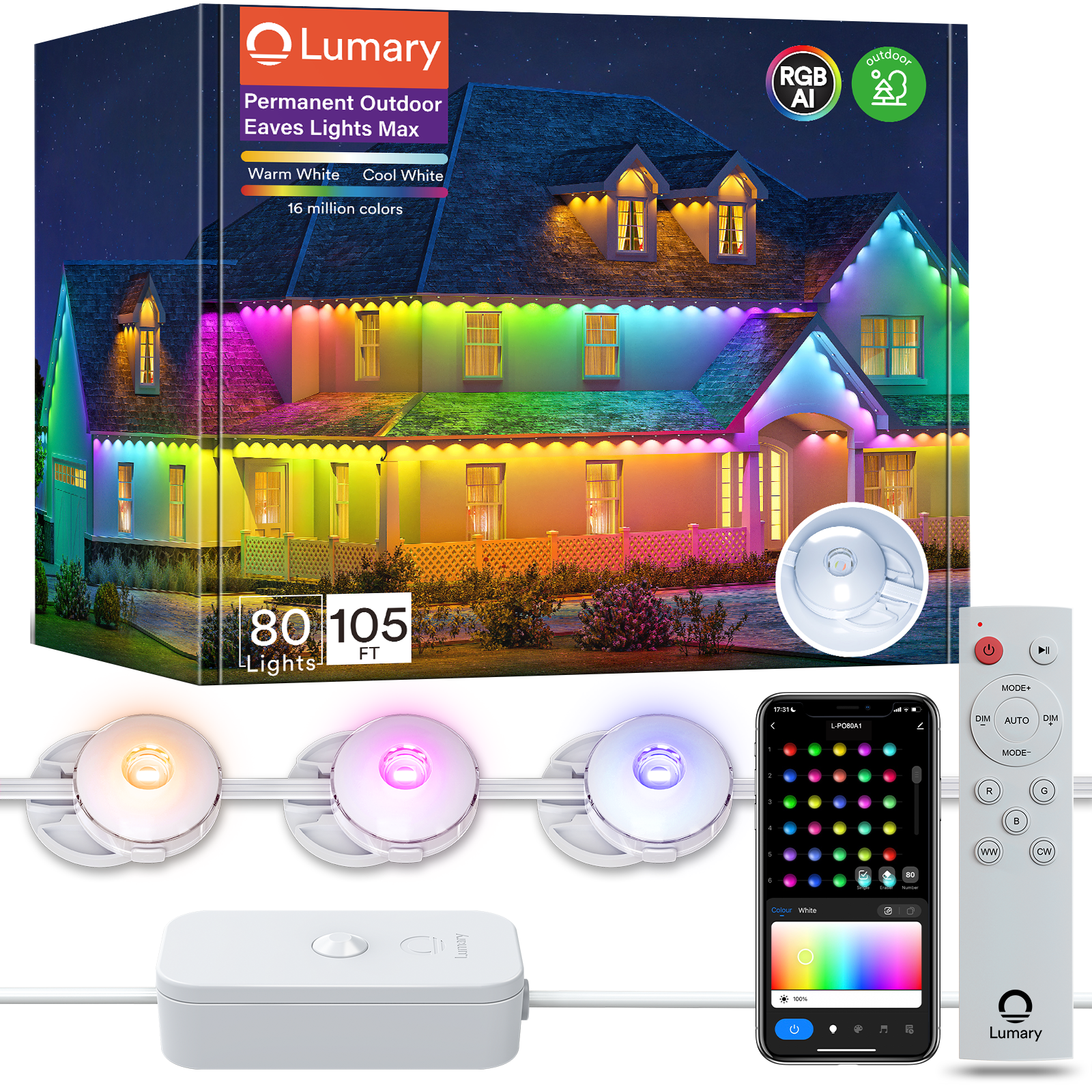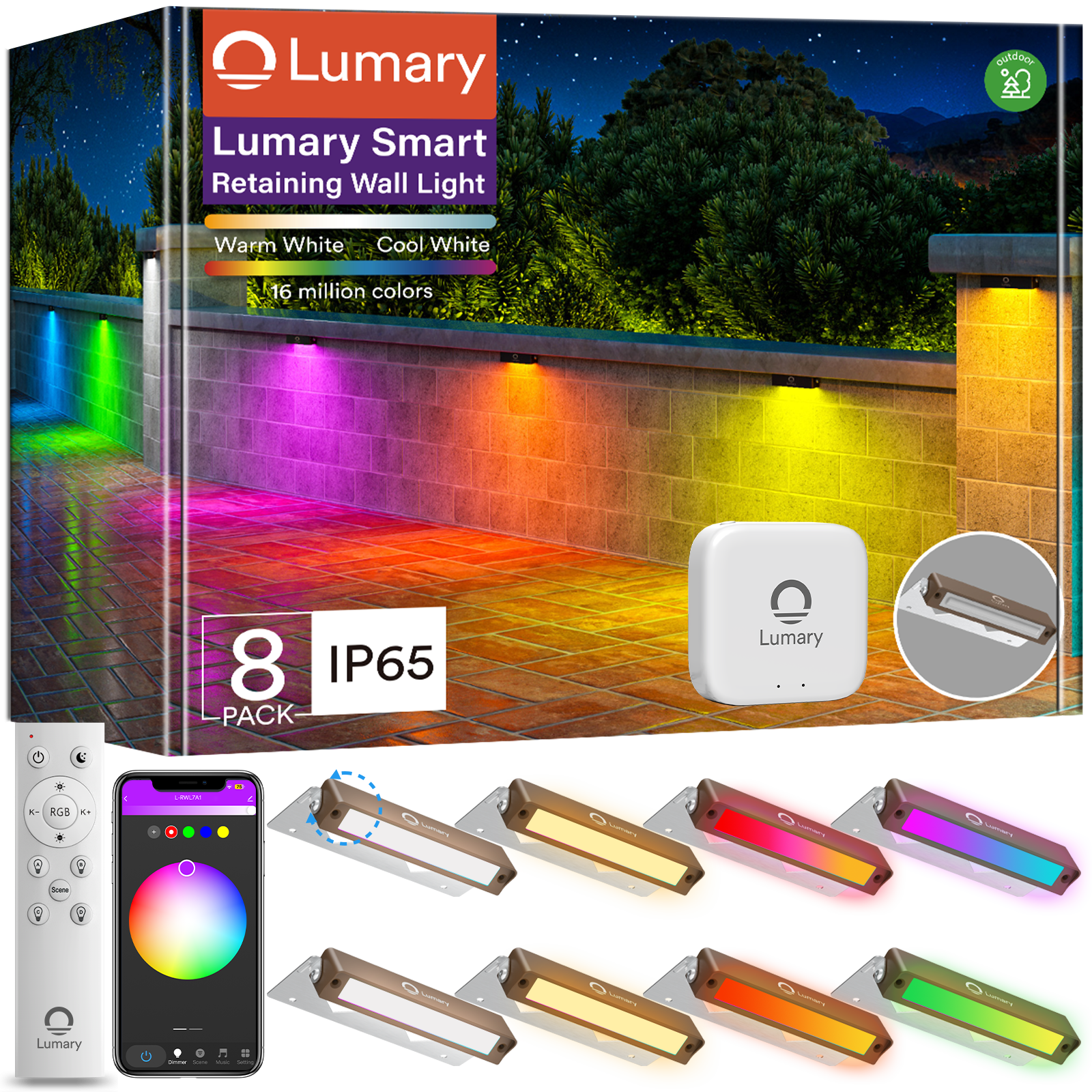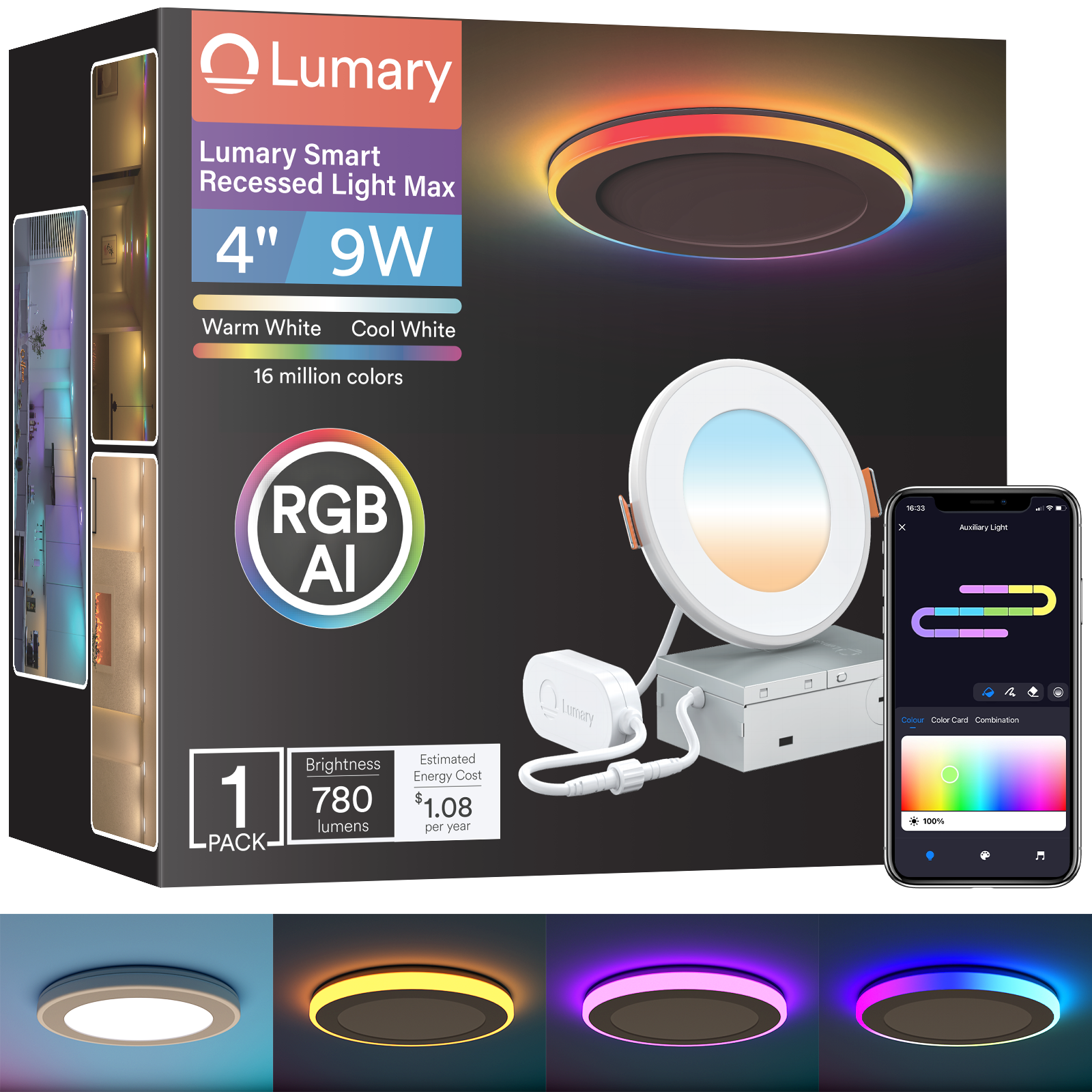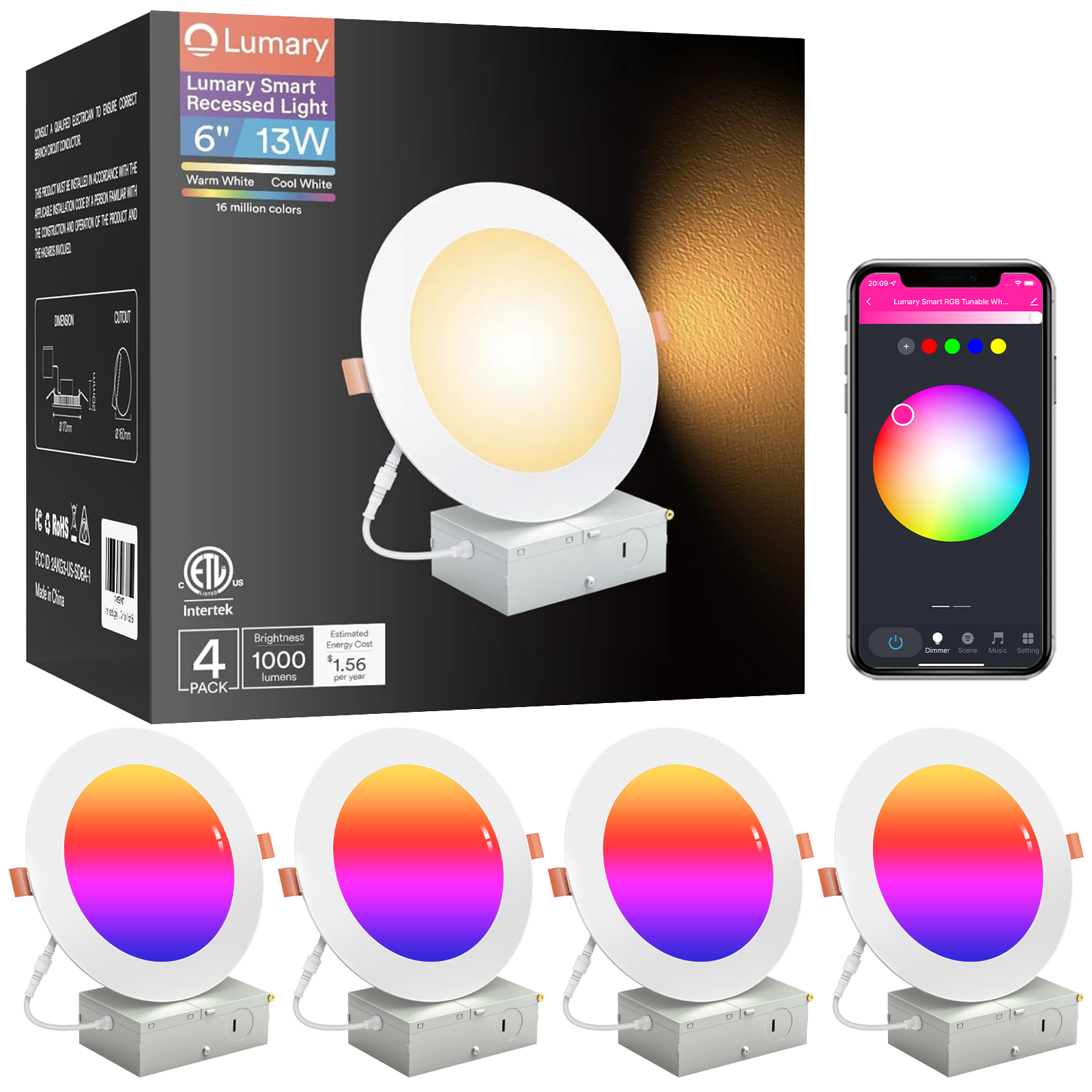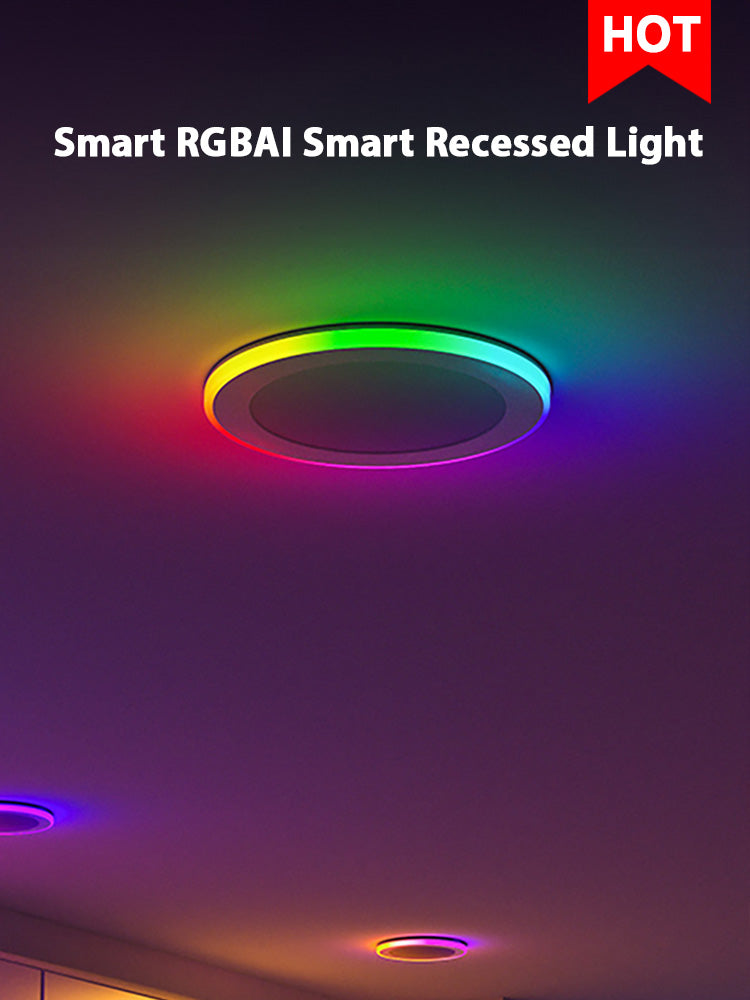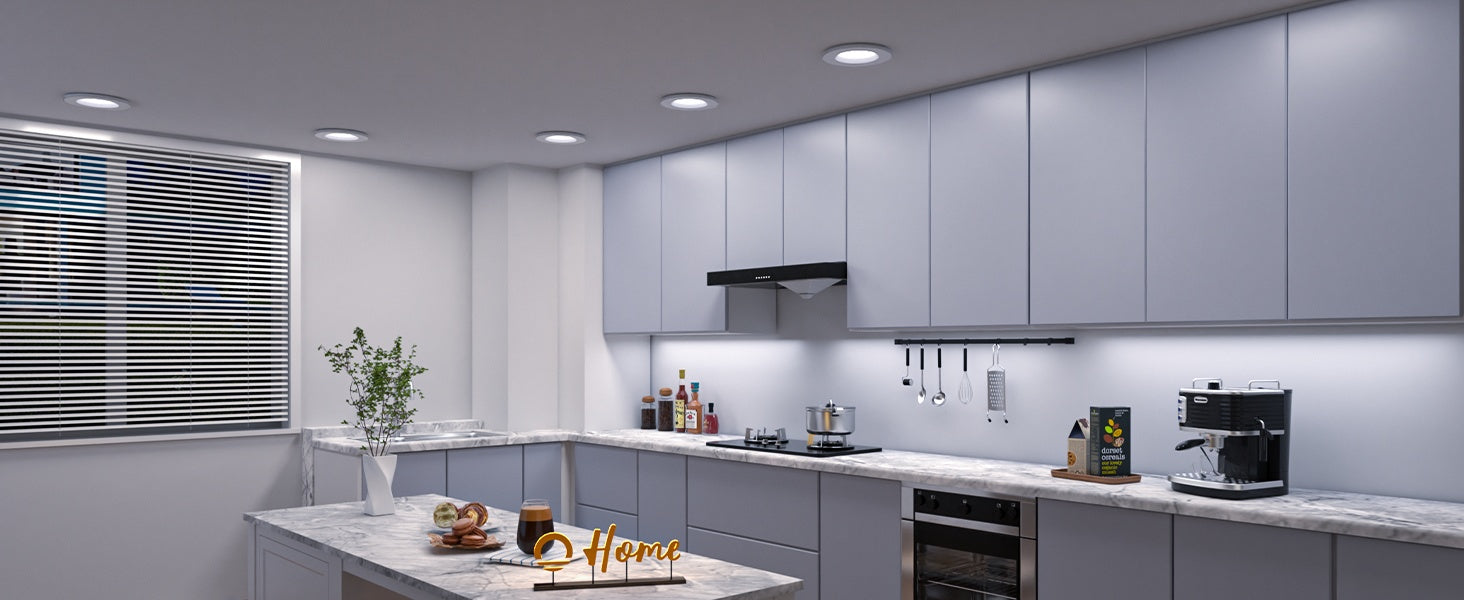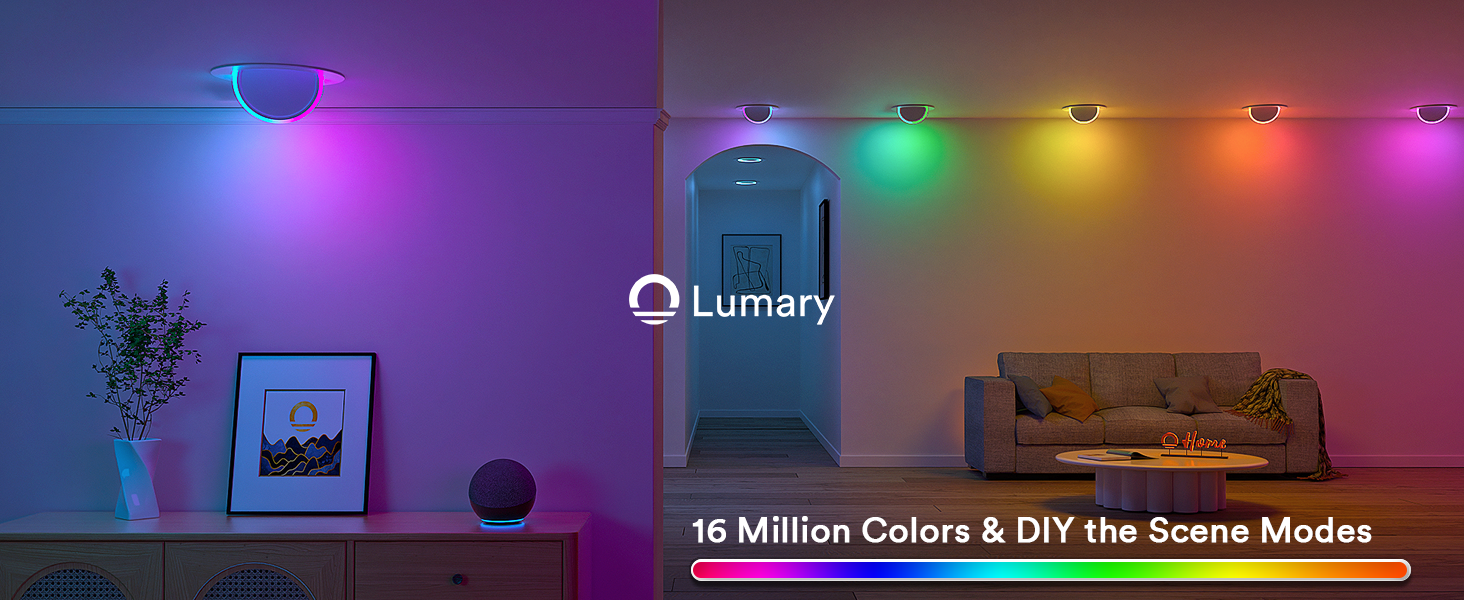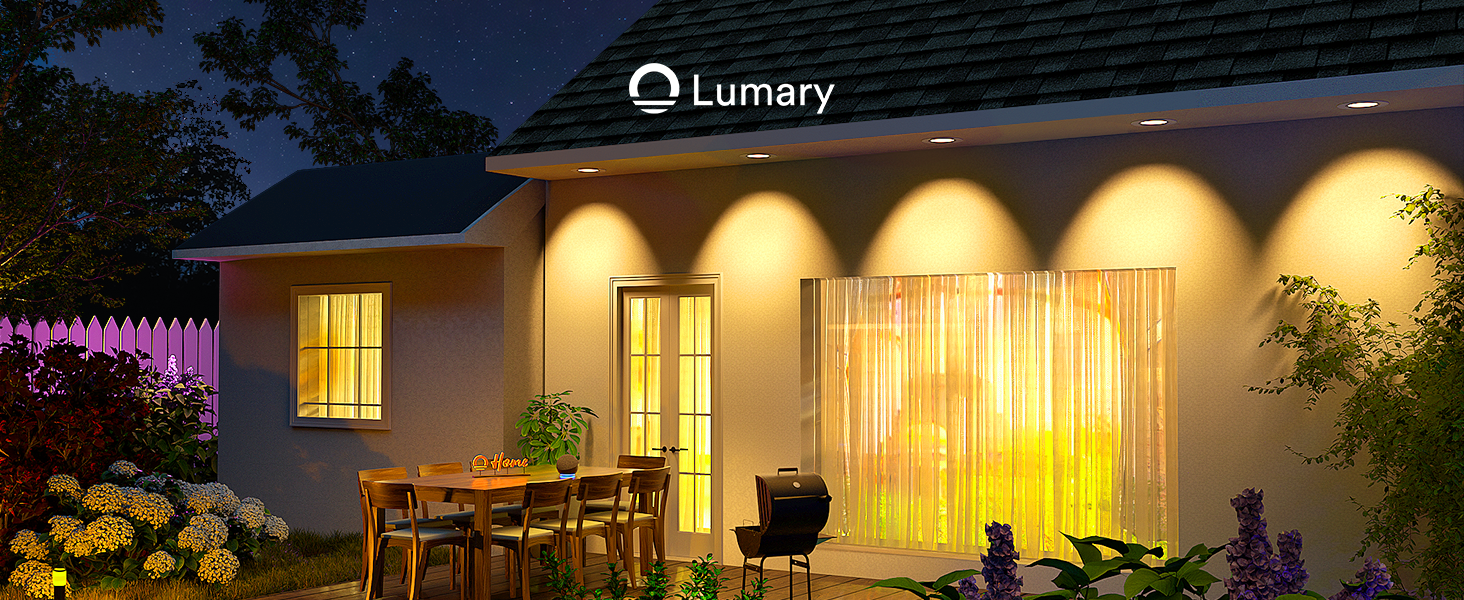Smart lighting represents a significant advancement in lighting technology. These systems offer numerous benefits for modern homes and businesses. The global smart lighting market is projected to reach $44 billion by 2030, reflecting its growing importance. Smart lighting benefits include energy efficiency, convenience, and enhanced security. These systems can reduce energy consumption by up to 50%, contributing to sustainability and cost savings. Additionally, smart lighting enhances user satisfaction by providing customizable settings and improved ambiance.
Smart Lighting Benefits: Energy Efficiency

Reduced Energy Consumption
LED Technology
Smart lighting benefits from the use of LED technology. LEDs consume significantly less energy compared to traditional incandescent bulbs. LED bulbs in smart lighting systems use 80% less energy than standard incandescent bulbs. This reduction in energy consumption leads to lower electricity bills and a smaller carbon footprint. The long lifespan of LEDs also means fewer replacements, contributing to sustainability.
Automated Dimming
Automated dimming is another key feature of smart lighting systems. These systems adjust brightness levels based on natural light conditions. This ensures that lights are only as bright as necessary, further reducing energy consumption. Automated dimming helps maintain optimal lighting conditions throughout the day. This feature enhances both energy efficiency and user comfort.
Cost Savings
Lower Electricity Bills
One of the most significant smart lighting benefits is the reduction in electricity bills. Smart lighting systems use energy-efficient LEDs and automated controls to minimize energy usage. This results in substantial cost savings over time. Users can expect up to a 50% reduction in energy consumption. Lower electricity bills make smart lighting a financially sound investment.
Long-term Investment
Smart lighting systems represent a long-term investment. Although the initial cost may be higher than traditional lighting, the long-term savings are considerable. The extended lifespan of LED bulbs reduces maintenance costs. Additionally, the energy savings contribute to lower overall expenses. Over time, the investment in smart lighting pays off through reduced operational costs and increased efficiency.
Smart Lighting Benefits: Convenience and Control
Smart lighting benefits include enhanced convenience and control. These systems offer various features that simplify daily routines and improve the overall user experience.
Remote Access
Smartphone Integration
Smartphone integration stands out as a significant feature of smart lighting systems. Users can control lights from anywhere using a dedicated app. This capability allows for adjustments to be made without being physically present. For instance, users can turn off lights left on by mistake or set the lighting before arriving home. The Lumary App exemplifies this feature, providing seamless control over the Lumary Smart RGBAI Can Light with Gradient Accent Night Light. This level of control enhances convenience and ensures optimal energy usage.
Voice Control
Voice control adds another layer of convenience to smart lighting systems. Integration with voice assistants like Google Assistant, and Siri allows users to manage lighting through simple voice commands. This hands-free operation proves especially useful in situations where manual control is impractical. For example, users can adjust lighting while cooking or carrying items. Voice control not only simplifies tasks but also enhances accessibility for individuals with mobility challenges.
Customizable Settings
Scene Setting
Scene setting is a feature that allows users to create specific lighting environments. Different scenes can be programmed to suit various activities or moods. For example, a "reading" scene might feature bright, focused light, while a "relaxation" scene could use softer, warmer tones. The Lumary Smart RGBAI Can Light offers 44 preset scene modes inspired by various themes, making it easy to switch between different lighting effects. This customization enhances the ambiance and functionality of living spaces.
Scheduling
Scheduling provides another smart lighting benefit by allowing users to automate their lighting. Lights can be programmed to turn on or off at specific times, aligning with daily routines. For instance, lights can gradually brighten in the morning to simulate a natural sunrise, aiding in a more pleasant wake-up experience. Conversely, lights can dim in the evening to prepare for bedtime. Scheduling also contributes to energy efficiency by ensuring lights are only on when needed.
Enhanced Security
Smart lighting benefits include enhanced security features that protect homes and businesses. These systems provide advanced functionalities that deter intruders and integrate seamlessly with existing security setups.
Motion Detection
Intruder Alerts
Motion detection is a crucial feature of smart lighting systems. When the system detects movement, it can trigger intruder alerts. These alerts notify homeowners or security personnel of potential threats. The immediate response to these alerts can prevent unauthorized access and enhance overall security.
Automatic Lighting
Automatic lighting is another significant aspect of motion detection. Smart lighting systems can automatically illuminate areas when they detect motion. This sudden illumination can startle intruders and deter criminal activities. Automatic lighting also ensures that dark areas remain well-lit, reducing the risk of accidents.
Integration with Security Systems
Cameras and Alarms
Smart lighting systems can integrate with cameras and alarms to provide comprehensive security solutions. When the lighting system detects motion, it can activate cameras to record footage. Alarms can also sound to alert occupants and neighbors. This integration enhances the effectiveness of security measures and provides a multi-layered defense against intrusions.
Real-time Monitoring
Real-time monitoring is another advantage of integrating smart lighting with security systems. Homeowners can monitor their property through connected devices. The Lumary App, for example, allows users to control lighting and monitor security in real-time. This capability ensures that any suspicious activity gets addressed promptly, providing peace of mind.
Smart lighting benefits extend beyond energy efficiency and convenience. Enhanced security features make these systems invaluable for protecting homes and businesses. Motion detection, automatic lighting, and integration with security systems create a robust security framework. These features not only deter intruders but also ensure a safer environment for occupants.
Improved Ambiance and Comfort

Smart lighting benefits extend to enhancing ambiance and comfort in living spaces. These systems provide features that improve mood and support health.
Mood Lighting
Color Temperature Adjustment
Color temperature adjustment allows users to change the warmth or coolness of light. Warm light creates a cozy atmosphere, while cool light promotes alertness. The Lumary Smart RGBAI Can Light offers a range of 2700-6500k. This flexibility ensures the right lighting for any occasion. Adjusting color temperature can influence mood and productivity. A warmer light can help relax after a long day, whereas a cooler light can boost focus during work.
Dynamic Lighting Scenes
Dynamic lighting scenes offer another way to enhance ambiance. Users can select from various preset modes to suit different activities. The Lumary Smart RGBAI Can Light includes 44 preset scene modes inspired by various themes. These scenes can transform a room's atmosphere instantly. For example, a party mode might feature vibrant colors, while a reading mode might use softer tones. Dynamic lighting scenes make it easy to create the perfect environment for any event.
Health Benefits
Circadian Rhythm Support
Smart lighting benefits include support for circadian rhythms. Proper lighting can help regulate sleep-wake cycles. Smart lighting systems can mimic natural light patterns throughout the day. Bright, cool light in the morning can signal the body to wake up. Dim, warm light in the evening can prepare the body for sleep. Studies have shown that smart lighting can optimize focus during the day and ease sleep schedules at night. This regulation can improve overall well-being and sleep quality.
Reduced Eye Strain
Reduced eye strain is another health benefit of smart lighting. Poor lighting conditions can cause discomfort and fatigue. Smart lighting systems can adjust brightness levels to suit different tasks. The Lumary Smart RGBAI Can Light offers dimmable options from 1% to 100%. This feature ensures optimal lighting for reading, working, or relaxing. Proper lighting can reduce eye strain and improve comfort. Smart lighting benefits include creating a healthier and more comfortable living environment.
Smart lighting offers numerous benefits, including energy efficiency, convenience, and enhanced security. These systems reduce energy consumption and lower electricity bills. The use of LED technology contributes to sustainability by decreasing CO2 emissions. Smart lighting also provides customizable settings for improved ambiance and comfort.
Smart lighting transforms daily life by offering remote access and voice control. Integration with security systems enhances safety. The Lumary Smart RGBAI Can Light exemplifies these advantages with its advanced features.
Consider smart lighting solutions to improve your living or working environment. Embrace the future of lighting for a more efficient and comfortable space.

